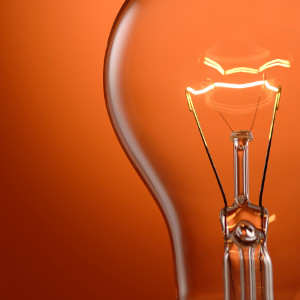In 1965, ten years after Britain commissioned the world’s first commercial nuclear power station at Calder Hall in 1956, global consumption of nuclear energy reached six million tonnes oil equivalent (Mtoe), amounting to 0.15% of the world’s total energy consumption from all sources. This rose steadily to a peak of 637 Mtoe in 2006, 6.0% of total consumption. The growth of nuclear power production was exponential in the first ten years after its commercial introduction in 1956, as would be expected for a new energy source. It then slowed down progressively to 10.9% a year by 1990, and has continued downwards to 1.8% a year. Then started declining from 2006, to fall by 1.3% between 2008 and 2009, to reach 611 Mtoe or 5.5% of total consumption.
Nuclear capacity has been operated at much high load factors than thermal or hydro plants, averaging around 79% today. More than one quarter of the world’s reactors have load factors of more than 90%, and two thirds do better than 75%, compared with about a quarter of them in 1990. Some of these figures suggest near-maximum utilisation, given that most reactors have to shut down every 18 to 24 months for fuel change and routine maintenance.
The first nuclear reactors to be shutdown were in the US, when the CVTR station was closed in 1967, with Elk River and Bonus closing in 1968. In total 125 reactors in totalling 37,794 MW capacity has been shutdown. Further closures are in the pipeline, either because plants have reached the end of their design lives, they are judged to be safety risks or because political decisions have been taken to abandon nuclear power.






